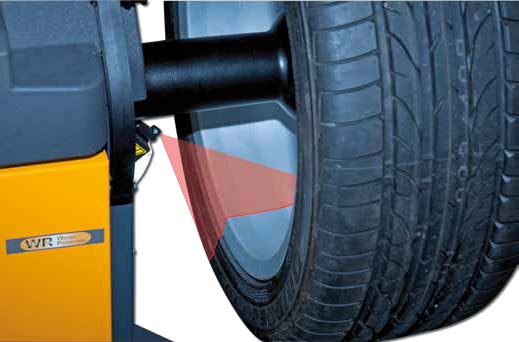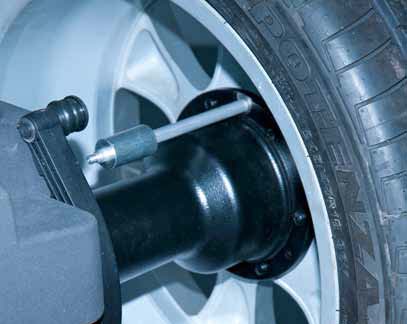The TB-10 Truck wheel balancer is safe and easy to operate with integrated wheel lifter and hood start.
Passenger Wheel Balancer – SICE S63E for Cars, Light Transport Vehicles, and 4WD SICE S63E Advanced Lase
The SICE S65 Wheel balancer is a computer based balancer with LCD screen capable of balancing wheels up to 37�
SICE S783 Universal Compact Truck Wheel Balancer: Elevating Precision in Wheel Balancing Innovative Features
Conceived for mobile wheel service units or usage where space is limited. VIEW DETAILS
WHEEL BALANCING MACHINES
Looking for wheel balancing machines? At Jonair, we have several wheel balancers for sale from leading brands.
Browse our range and request a quote. Alternatively, contact us if you have any questions about our wheel balancers, and we’ll be happy to help!
WHAT IS A WHEEL BALANCING MACHINE?
Wheel balancing is when you equalise the weight of a wheel so it spins smoothly at high speed. To do this, you will require a wheel balancing machine. This machine centres the wheel, spins it, and determines where the weights must go to ensure it is evenly distributed, achieving perfect balance.
Why is this important?
Tyres will always have minor weight imbalances due to external factors (such as tiny irregularities in the wheel shape). These irregularities can cause bigger issues when the wheel is brought up to high speed.
When you have unbalanced wheels, what should be a smooth rotation will become an unsafe, uncomfortable bouncing motion. For your safety and to prevent damage to your vehicle, consider investing in a high-quality wheel balancer from our range.
BROWSE A COMPREHENSIVE RANGE OF WHEEL BALANCER MACHINES
Our range of wheel balancing machines makes finding the right fit for your workshop easy. Suitable for most wheel types, our wheel balancers allow you to mount and demount any tyre on the international market.
Our passenger wheel balancers are suited for cars, vans, SUVs, and some light trucks. They are calibrated for balance requirements that involve lighter loads and higher speeds.
Alternatively, our truck wheel balancers are designed for trucks, buses, and other heavy-duty vehicles. These wheel balancers are calibrated for the greater weight and suspension requirements of large vehicles carrying heavy loads.
As an option, we also offer integrated wheel lifters with your purchase, allowing you to take the heaving lifting out of the wheel balancing process.
Besides wheel balancers, we also have a range of other products for sale, including truck tyre changers, truck jacks, and mobile and standard tyre changers.
WHY ADD A WHEEL BALANCER TO YOUR WORKSHOP?
Tyres are made of multiple rubber layers, plies, and belts. This can lead to uneven weight distribution, particularly around the tyre’s valve. To prevent this, using a wheel balancing machine is recommended every six months.
Wheel balancing machines evenly distribute a tyre’s weight to ensure a smooth ride. This isn’t just for the driver’s comfort, either.
Properly balanced wheels will:
1. Extend tyre lifespan
Even weight distribution prevents uneven wear on tyres. This extends the tyre’s lifespan, reducing spend on repair and replacement.
2. Improve safety
Balanced wheels provide better handling and traction. This is especially important when driving in adverse weather conditions.
3. Reduce wear on vehicle components
Less vibrations means less friction on components like bearings, shocks, and suspension. This helps reduce the frequency of needing maintenance and repairs.
4. Deliver better fuel efficiency
Less tyre resistance means better fuel efficiency in all environments.
5. Reduce driver fatigue
Increased driver comfort means fatigue won’t set in as easily. This improves safety and productivity at the same time.
REQUEST A QUOTE FOR A WHEEL BALANCING MACHINE TODAY
Balancing tyres every 8,000-10,000 kilometres is vital to maintain optimal performance. This makes a wheel balancer a key addition to your vehicle repair toolkit.
At Jonair, our experienced automotive technicians can provide advice and recommendations for your wheel balancer purchase. We’ll equip you with the gear you need at a price you’ll love, ensuring your workshop is equipped with everything it needs to provide your customers the best tyre maintenance service.
With our dedicated team’s support, your automotive workshop is set to thrive, proving where there’s a “wheel”, there’s a way.
Browse our range and request a quote, or contact us today.
FAQs
Which wheel balancing method is best?
The best wheel balancing method generally depends on the specific requirements of the tyre and vehicle. However, dynamic balancing is generally considered superior for modern vehicles. Unlike static balancing, which only addresses imbalances in a single plane, dynamic balancing corrects imbalances in both the vertical and horizontal planes. This method better replicates real driving conditions, ensuring a smoother ride and reduced tyre wear.
What are the two types of wheel balancing machines?
There are two main types of wheel balancing machines: static and dynamic. Static balancers measure the imbalance in a single plane (vertical), making them suitable for simpler applications or vehicles where only one plane imbalance is a concern. Dynamic balancers measure and correct imbalances in both the vertical and horizontal planes. This offers a more thorough balance suited for most passenger vehicles and high-performance applications.
Is static or dynamic wheel balancing better?
Dynamic wheel balancing is generally considered better than static balancing for most vehicles. Dynamic balancing addresses imbalances on two planes (both vertical and horizontal), offering a more accurate and comprehensive balance. This method more closely mimics the tyre’s behaviour while the vehicle is in motion, leading to a smoother ride, reduced tyre wear, and better vehicle handling. Static balancing, while effective for certain types of vehicles or wheels, simply doesn’t provide the same level of precision as dynamic balancing for the complex wheel movements experienced during driving.

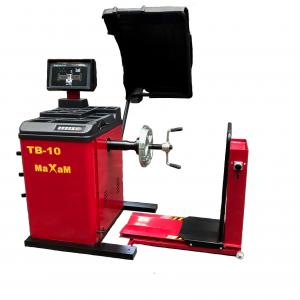
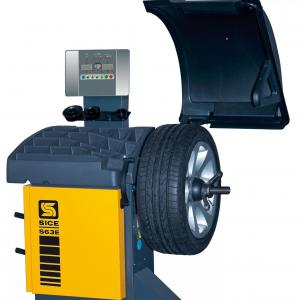
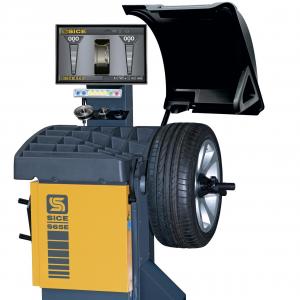
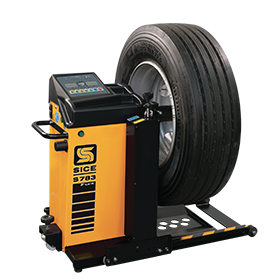
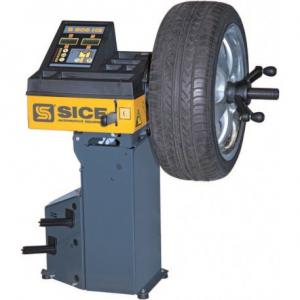
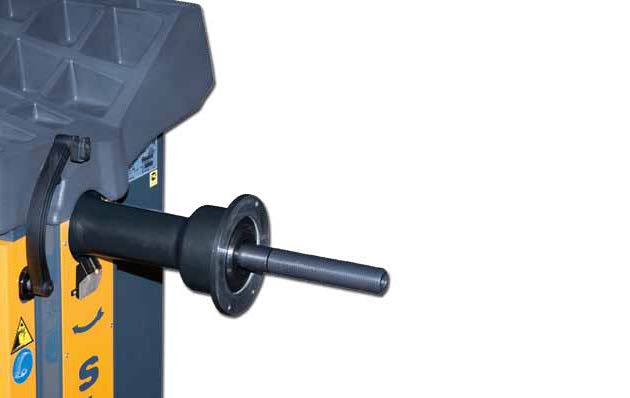 Spin Unit
Spin Unit
